
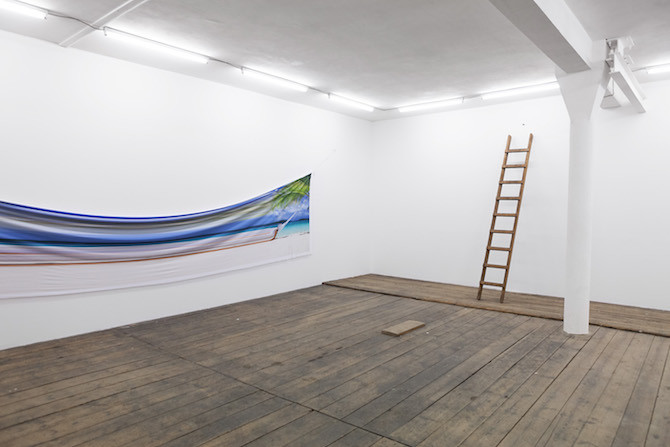
 all images above: Jordan Tate and Rick Silva at New Shelter Plan, Copenhagen / courtesy and © the artists
all images above: Jordan Tate and Rick Silva at New Shelter Plan, Copenhagen / courtesy and © the artists
Much discussed during the last Century, we keep on asking what role photography plays in our current society. For Jordan Tate, a 1981-born American multi-media artist who holds a degree in Philosophy and one in Photography, the medium and the image are always "fundamentally inseparable": His art negotiates the practice, the action, the process of image making and their perception through the context of photography. Within these subjects, Tate's photographic works are not necessarily two dimensional, they are also animated, sculptural or they extend their form into an installation. Living and working in Cincinnati, his current show DRAPE WAVE in the Copenhagen-based project space New Shelter Plan exhibits several works that he and his colleague Rick Silva created together. In our interview Tate told me about this collaboration, about the aura and the object-hood of the photographic image.
Anna-Lena Werner: Jordan, your art emphasises photographic processes of image making and viewing, like exposure tests or colour scales. Do you consider this practice an act of restoring photographic authenticity?
Jordan Tate: I would say more than anything I am aiming to foster an awareness of the context and action of the photograph. I am not taking a position on the authenticity or fallibility of the photograph - I am merely trying to start a dialogue around the myriad affects and effects the process has on the manner in which we perceive the world.
Anna-Lena: Before studying photography, you graduated in philosophy. Do you combine these two approaches in your current work?
Jordan: I would say yes, but I would also clarify. I practiced rather than studied philosophy - my education was centered on interdisciplinary inquiry and largely devoid of any formal education in Philosophical histories, movements, etc. This isn’t to say that these ideas don’t find themselves in my work. That said, that vast majority of my engagement with philosophy through the use of the photograph is epistemological. I view the photograph, and our relationships with the photograph, as a microcosm of how we parse, contextualise, and develop a system of understanding.
Anna-Lena: Speaking in Walter Benjamin’s terms, we are in the age of mechanical reproduction – a subject that you negotiate throughout your work. While he argued that photographic manipulation and reproduction would withdraw a picture’s aura, what does his term ‘aura’ imply for you today and in your art?
Jordan: In a contemporary context I find the aura can be “imbued” in a multitude of ways – for example the constructed rarity of the photographic edition, contemporary trends pf photograph qua object and so on. Ironically, I feel that the internet has given the photographic print a powerful sense of objecthood in the same way that the invention of the photograph drew attention to the aura of painting. Digital reproduction of images has further “removed” the photograph from its “aura”, but I also implicitly reject this notion in favor of a more critical awareness of the function and context of images.
Anna-Lena: Although most of your work employs photographic material, your focus does not seem to be in the image, but rather in the medium itself. How do form and motif interact?
Jordan: This is a very astute observation. However I would argue that one cannot focus on the image without focusing on the medium, as the relationship between any object and its container are fundamentally inseparable.
Anna-Lena: You are running the blog ‘ilikethisart’, in which you introduce different artists with photographic material. What position, do you think, does photography take when it is used as a tool to document artworks?
Jordan: I think what you are driving at is the classic post-internet discourse that has been circulating over the past year. Rather than photography taking a necessary position as the tool to document works, I’ve found that the medium imposes itself much more forcefully on both the installation and production of works where artists are increasingly considering the experiences of offline as well as online audiences.
Anna-Lena: Have you ever considered to leave the territory of photography, testing another medium?
Jordan: Sort of always and never. Recently I have been experimenting with a range of sculptural processes, but each of these - and the manner in which I comprehend their histories and uses is fundamentally photographic. The notion of the photograph is so expansive for me that – particularly given the discussion above – regardless of my intent, I think that my work is always governed by contexts of photography.
Anna-Lena: Your current exhibition DRAPE WAVE at New Shelter Plan in Copenhagen is a joint project with Rick Silva, in which you two rendered, simulated or animated images and transformed them into different media. Did you and Rick create all the works together?
Jordan: Yeah, and the process was phenomenal. Rick is an old friend, one of my favorite artists, and someone whose opinion I hold in the highest regard. The collaboration was a very fluid and stimulating experience, and I hope we will have the opportunity to keep working together in the future.
Anna-Lena: Why did you choose fluidity as the central theme of the show?
Jordan: While there was a certain amount of slippage that occurred between Rick’s interpretation of DRAPE WAVE and mine, the themes of the show focused around notions of soft body dynamics, malleability, transformation, and other ideas that celebrate ambiguity and multiple modes of understanding.
Anna-Lena: DRAPE WAVE is build around the cliché holiday situation of a woman looking at ocean waves while resting in a hammock between palm trees. But techniques of manipulation withdraw the image its entire content. Do you think that there is still a space for illusion in the arts?
Jordan: While I don’t feel prepared to take a broad position on the validity of illusion in the arts, I can confidently say that it never came up on conversation for DRAPE WAVE.
Jordan Tate and Rick Silva
DRAPE WAVE
06.02 - 28.02.2015
Malttorvet 2, 1. floor
1799 Copenhagen, Denmark
Opening Hours: Wed - Sat 13 - 17h
Upcoming exhibitions
"Working From Photographs"
Two part solo show running concurrently at
Denny Gallery in New York (15.03 - 26.04)
Angela Meleca Gallery in Columbus, OH. (26.02 - 11.04.)
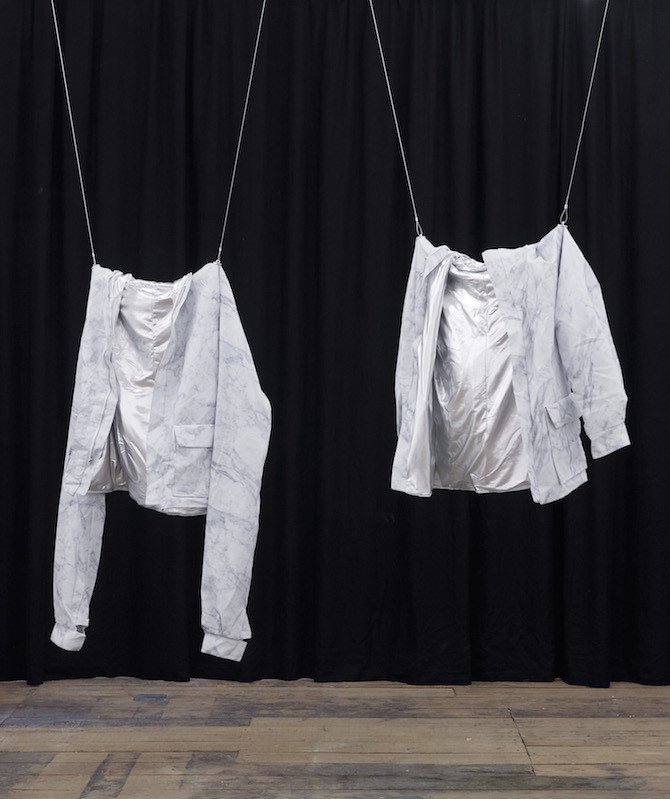
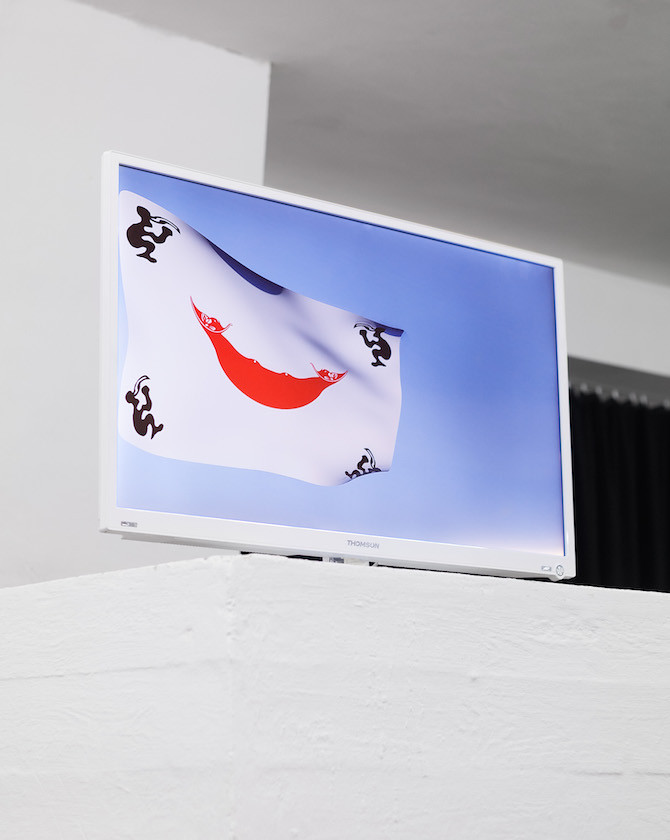

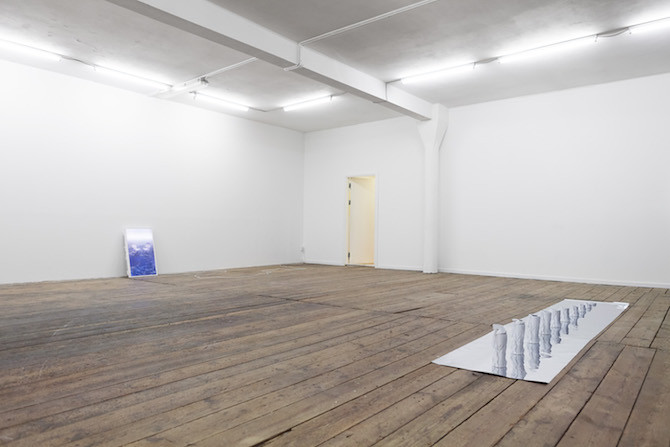
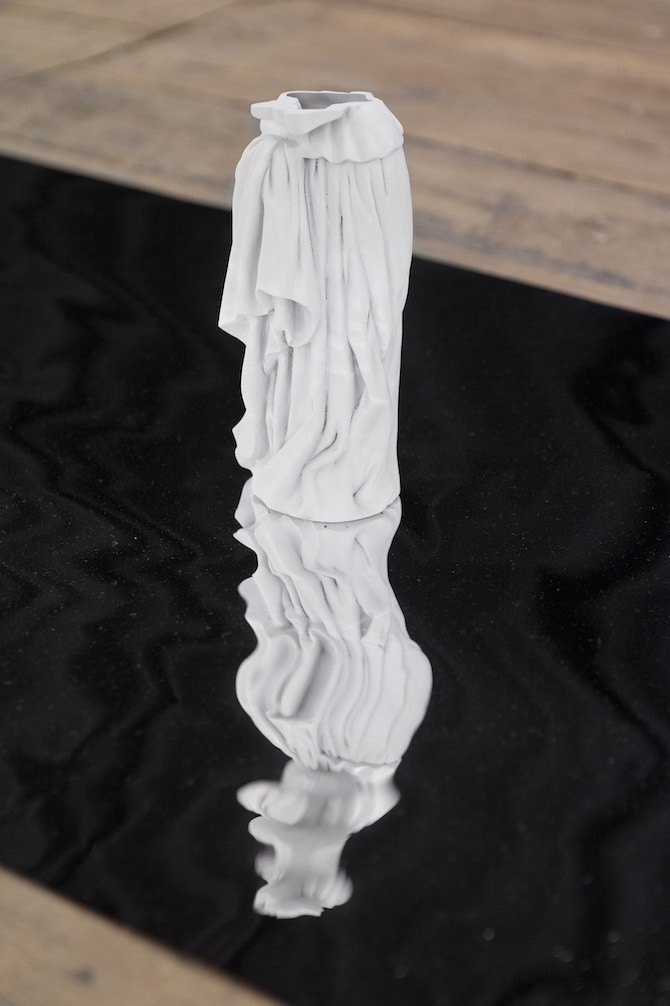

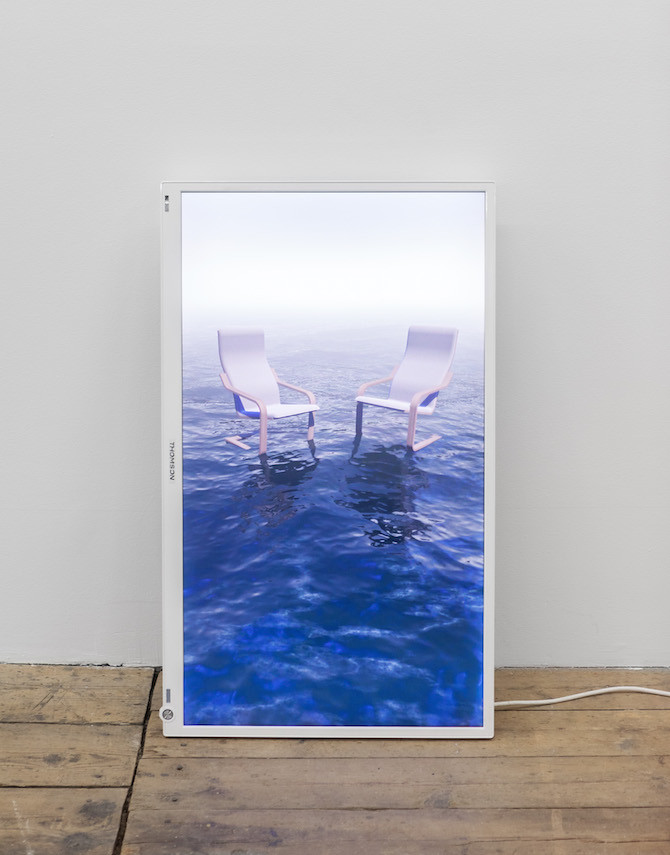
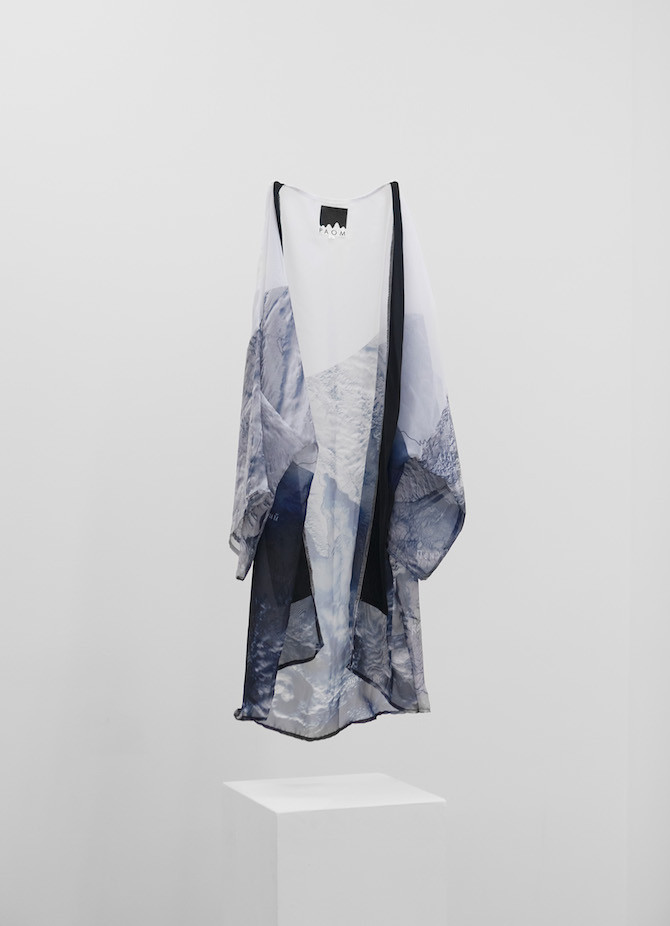 all images above: Jordan Tate and Rick Silva at New Shelter Plan, Copenhagen / courtesy and © the artists
all images above: Jordan Tate and Rick Silva at New Shelter Plan, Copenhagen / courtesy and © the artists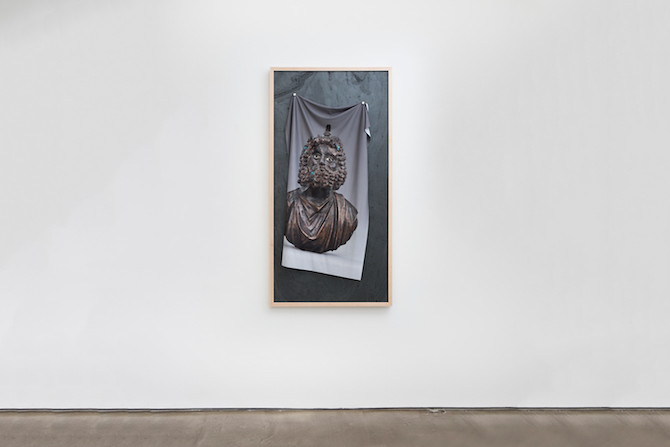

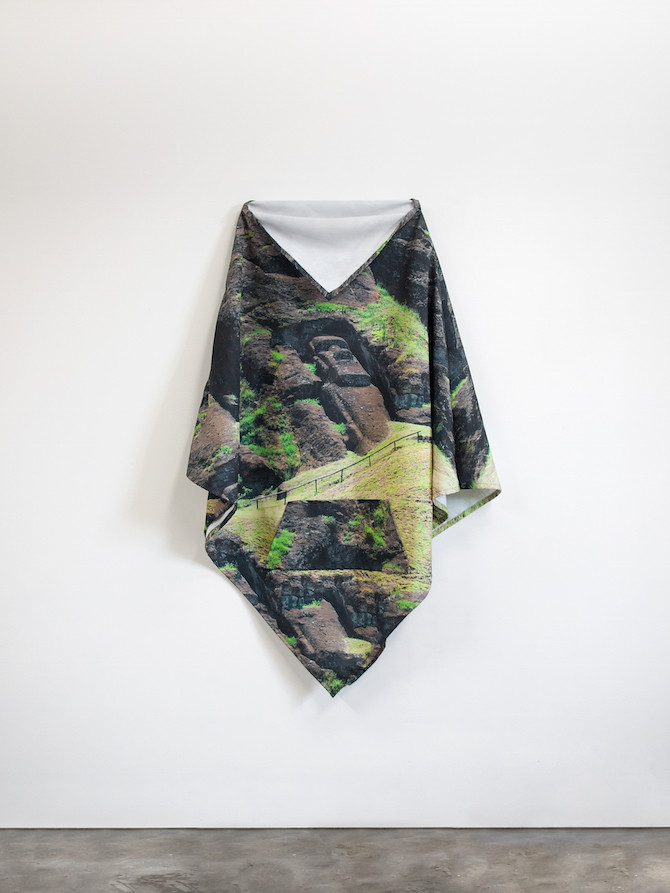
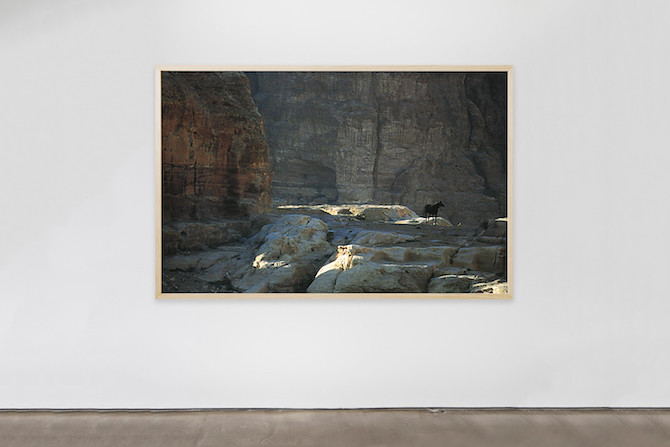 4 images above: works by Jordan Tate / courtesy and © the artist
4 images above: works by Jordan Tate / courtesy and © the artist